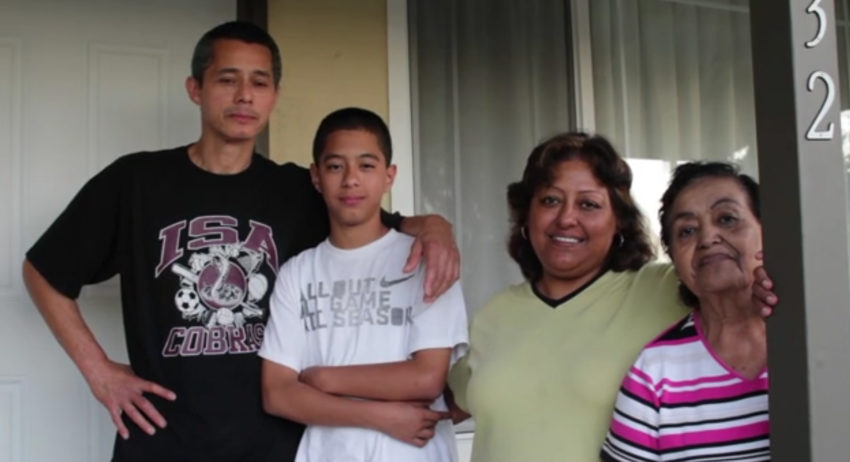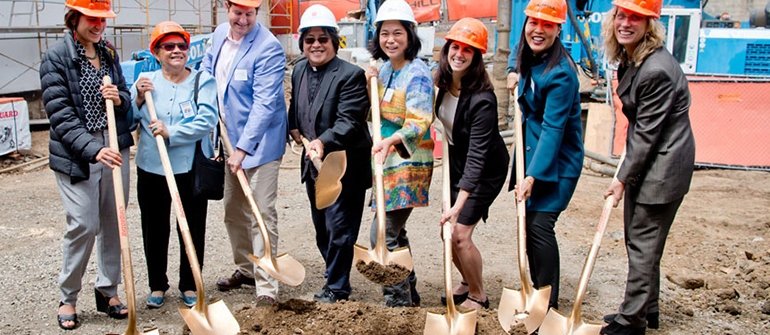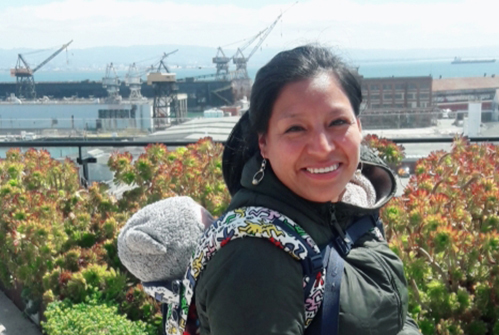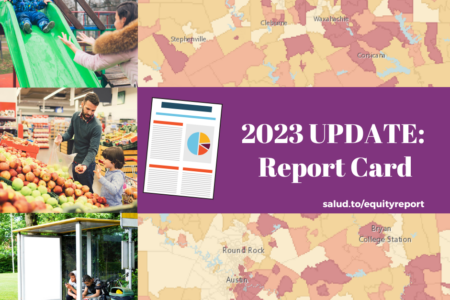
Share On Social!
What does it take to help Latinos access below-market-rate housing in San Francisco’s Mission District, a traditionally Latino neighborhood that has seen 8,000 Latinos displaced by high-cost housing since 2000?
Collaboration.
The Mission Economic Development Agency (MEDA) is teaming up with more than a half-dozen Latino-focused community groups—like Faith in Action, Instituto Familiar de la Raza, and Mission Neighborhood Health Center—to foster education and action around below-market-rate apartment options.
They also work with partners to create new affordable housing properties. They also have programs to help Latinos save their homes from foreclosure.
The end goal: increase the number of Latinos who successfully obtain affordable housing units.
“We have a strong sense of urgency, and we have the ability to make it happen,” Luis Granados, MEDA’s leader, told the San Francisco Chronicle. “Being on a fixed low income should not mean you are displaced from the neighborhood you helped build over many decades.”
MEDA: An ‘Affordable Real Estate Empire’ in SF
Granados and MEDA are moving the needle for affordable housing in San Francisco’s Mission District (30% Latino), according to a Salud America! profile of Granados and MEDA.
In May 2018, MEDA joined city and county officials and BRIDGE Housing to celebrate the renewal of 255 Woodside, a 109-unit affordable rental community for seniors and residents with disabilities at 255 Woodside Ave. MEDA and BRIDGE rehabilitated residents’ apartments and community spaces, focusing on life-safety upgrades and modernization efforts to improve resident life.
 In June 2018, MEDA broke ground on a 100-percent affordable, 94-unit housing project for seniors at 1296 Shotwell St.
In June 2018, MEDA broke ground on a 100-percent affordable, 94-unit housing project for seniors at 1296 Shotwell St.
The project is the first affordable project to break ground in the Mission in a decade.
“In the last four years, MEDA has transformed into something of an affordable real estate empire,” wrote Julian Mark for Mission Local. “It has acquired some 21 multi-unit apartment buildings comprising 151 units, manages five public housing properties representing 439 units, and has 543 units in the development pipeline.”
San Francisco also will get $29 million from the state’s cap-and-trade emissions reduction program to help develop 19 affordable housing projects, including seven in the Mission District, according to the San Francisco Chronicle.
The San Francisco Bay Area also got $13.2 million in Affordable Housing Program grants for 14 affordable housing projects, according to a news release.
That’s all good news…but what about Latinos who can’t afford apartment rent?
Rent Costs Affects Latinos

Fifty years after the federal Fair Housing Act banned racial discrimination in lending, African Americans and Latinos continue to be routinely denied conventional mortgage loans at rates far higher than their white counterparts. The disproportionate denials and limited anti-discrimination enforcement help explain why the home-ownership gap between whites and Latinos, which had been shrinking since the 1970s, has exploded since the housing bust.
On top of that, more than half of Black and Latino households in major cities across the country are rent-burdened. They spend more than 30% of their incomes on housing.
In cities like San Francisco, Latino renters on average have to spend nearly 75% of their income on rent.
Studies suggest the average white family experienced an 11% reduction in wealth. But the average black family lost 31% of its wealth, and the average Latino family 44.7%. Latinos have higher risk of eviction and more than half of Latinos (54%) rent their home. That’s nearly twice as much as Whites (28%), according to Pew Research Center.
Hence Latino and Black community are twice as likely as whites to be affected by the housing crisis.
In San Francisco, the affordable housing crisis needs all hands on deck, writes for Bay City Beacon.
“We need to make it easier to build non-profit affordable housing. When we put barriers in front of affordable housing, when we make permitting difficult and unpredictable, we make it take longer to build this badly needed housing,” wrote. “When permitting is unpredictable, funding pulls back and we lose units. We need to move more quickly on all housing full stop.”
How MEDA is Helping Renters
In 2017, MEDA got a $100,000 grant from the San Francico Mayor’s Office of Housing and Community Development to start a collaborative to turn the curve on the trend of Latinos not being fairly represented in applying for below-market-rate apartments.
MEDA trains collaborative partner organizations to help community members apply for below-market-rate apartments.

The partners use community outreach workers called promotores to reach Latinos. They have already generated more than 1,500 online applications for these apartment units. MEDA also tracks and assists applicants through the process.
For example, they helped one Latina, Olivia, a single mom of two and self-employed nanny, who was displaced via a no-fault eviction. She applied for a below-market-rate apartment unit and recently moved into a two-bedroom unit.
“We must be continuously creative on how to leverage resources to meet this demand around [below market rate] applications, filing taxes, increasing savings, establishing and bettering credit, and more,” according to a MEDA news release.
By The Numbers
142
Percent
Expected rise in Latino cancer cases in coming years



